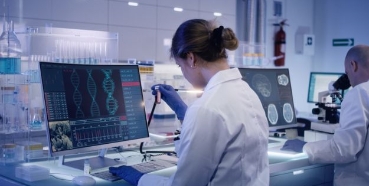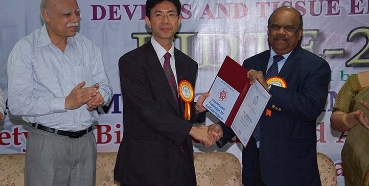Heartiest Congratulations to Prof. Harikrishna Varma on being elected International as Fellow of Biomaterial Science and Engineering (FBSE) by Union of Societies for Biomaterials Science and Engineering (IUSBSE) during World Biomaterial Congress (WBC), South Korea 2024.
Conferred FBSE






